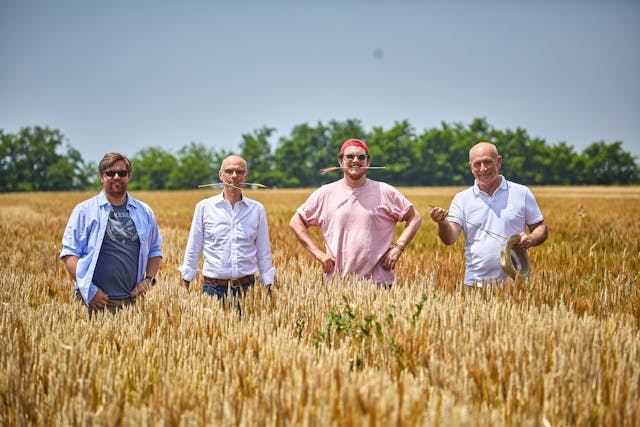‘The US alone consumes three billion pizzas a year.’ Pizza is the world’s favourite fast food (and thus the world’s favourite food). An indication of the scale we are talking about – the US alone consumes three billion pizzas a year. That’s over nine pizzas for every single person who lives there. We don’t know how many times around the world they would stretch, but you get the idea: pizza is a big deal. Aligning with the global reach of pizza today, it is fitting that its origins are equally global. While Italy has, no doubt, a very strong claim to having done more for pizza than any other nation, the various elements that make up a pizza, as we know it today, have been influenced by millennia of culinary history. Here is our effort at unpicking what is a surprisingly half baked historical backdrop for the humble pizza…
The first question you really have to ask yourself is…what makes a pizza, a pizza?
You could take the position that any flatbread with toppings is a pizza. If that’s the case, then pizza is OLD.
We mean seriously old. The first claimed existence of pizza seems to be in Neolithic times, which technically ended in 4500 BC. If we are honest, though, we can’t really find anything concrete to back this up. This was, allegedly, the first time that we humans ground wheat to make flour and then cooked it. While this is technically a version of unleavened bread, it’s probably taking a bit of leap to say this was the first occurrence of pizza. More solid evidence starts to emerge around 30 BC, where something that could totally actually be pizza appears in no less than Virgil’s classic poem the Aeneid.
Written between 29 BC and 19 BC, the poem describes the hero Aeneas arriving with his crew in Latium and sitting down to enjoy a meal of ‘thin wheaten cakes’ used as plates topped with mushrooms and herbs. ‘Look! We have eaten our plates!’ exclaim his well-fed group – the poem potentially touching on lack of washing up as one of the main drivers for the success of pizza in modern times. Obviously, this means that pizza may technically have existed when Jesus was doing his thing. There is also plenty of evidence of ‘topped flatbreads’ appearing in ancient Egyptian (fiteer), Greek (pitta) and Roman (panis focacius) cuisine, not to mention the Babylonians. However, if you look at most definitions of pizza (i.e. a large circle of flatbread baked with cheese, tomatoes, and sometimes meat and vegetables spread on top), then tomato and cheese are essential additions to make pizza, well, pizza!
This comes with some challenges (e.g. is a modern Marinara not a pizza?). However, in a Family Fortunes-style survey, we are adamant that ‘cheese’ and ‘tomato’ would top any list of likely things to find on your pizza. As such, we are going to base most of our history lesson from the point that this became true.
‘Look! We have even eaten our plates’
Like what you see? Read more in our book, surprisingly…all about pizza..named… Pizza. We don’t mess around!



